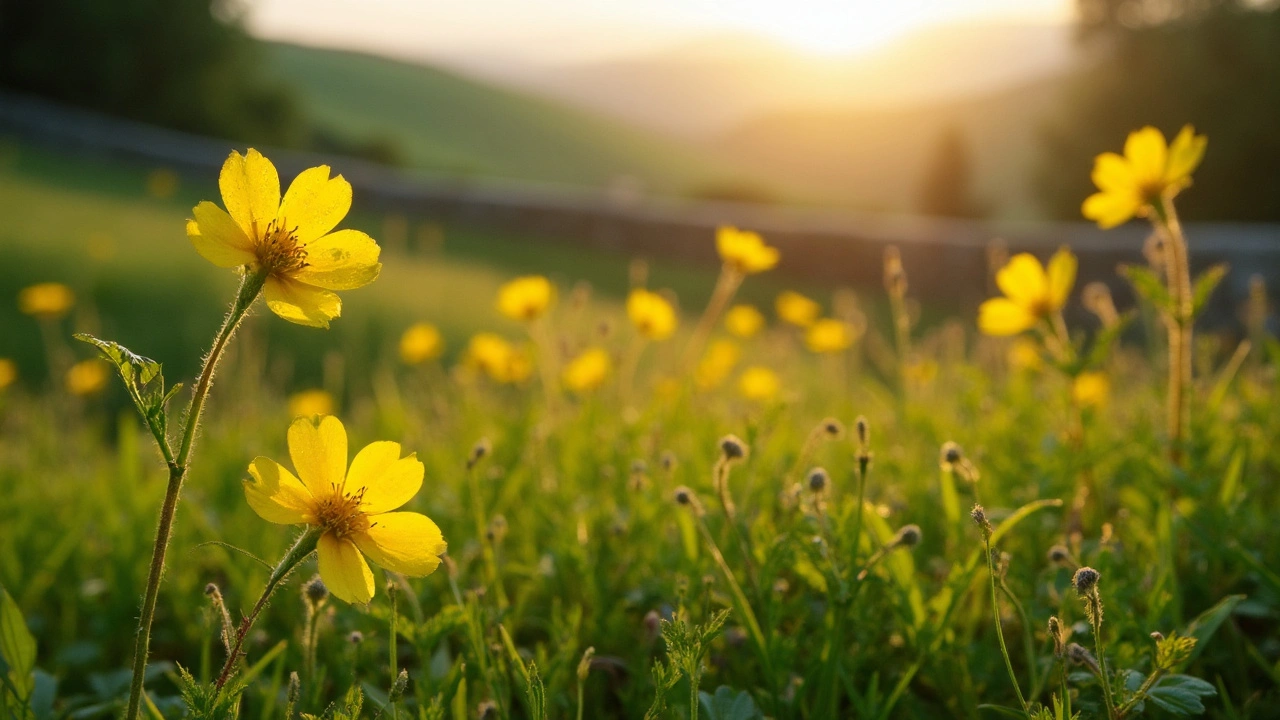Cup plant is stepping out of the prairie and into supplement bottles, grabbing attention for its rich nutrients and surprising benefits. This article covers what cup plant actually is, why experts are suddenly talking about it, and how you can use it to boost your daily routine. Get tips on how to find high-quality cup plant supplements and what to watch for if you're thinking about giving it a try. You'll also learn what the current science says about its real impact on your health. Check it out if you want to stay ahead of the supplement curve.
Cup Plant (Silphium): Practical Uses and Safety Tips
Cup plant is an easy-to-recognize wildflower with big leaves that catch rain. People have used it for coughs, mild respiratory issues, wound care, and general wellness. Modern lab work shows the plant contains antioxidants and anti-inflammatory compounds, but solid human trials are still missing. That means it can be useful in folk remedies, but you should treat it like any herbal supplement — with common sense and care.
What people use cup plant for (and what evidence exists)
Traditional uses include making teas or poultices for coughs, sore throats, and cuts. Lab and animal studies on Silphium species report antioxidant and antimicrobial activity, which supports those uses on a basic level. Still, there’s no strong clinical proof that cup plant will replace prescription medicines for asthma, infections, or serious wounds. If you’re trying it for breathing problems, think of it as a possible add-on to proven care, not a substitute.
How to prepare and use cup plant safely
Common home preparations are tea, tincture, and poultice. For a tea, steep 1–2 teaspoons of dried leaves in 8 ounces of hot water for 8–12 minutes. Start with one cup a day to check tolerance. Tinctures (alcohol extracts) are more concentrated; a conservative guideline many herbalists use is 10–30 drops once or twice daily, but follow product instructions. For a poultice, mash fresh leaves and apply briefly to clean cuts — stop if irritation appears. Always patch-test topical use on a small skin area first.
Be cautious with dosing. Herbs vary in strength by harvest and source. If you have a chronic condition, take prescription meds, are pregnant, or breastfeeding, talk with a clinician before trying cup plant. Children and people with severe allergies should avoid new herbs unless cleared by a doctor.
Potential interactions and side effects: cup plant can cause mild stomach upset or skin irritation in some people. Because it contains active compounds, it might affect blood clotting or blood pressure in theory — so avoid combining it with blood thinners or strong blood-pressure drugs unless your provider says it’s safe. If you notice unusual bruising, dizziness, or increased bleeding, stop use and seek medical advice.
Buying tips: choose products that list the Latin name (Silphium perfoliatum or the specific Silphium species), show clear ingredient lists, and come from reputable sellers. Third-party testing or certificates of analysis are a plus. If you prefer fresh herbs, buy from trusted growers or harvest from clean, pesticide-free areas.
Growing and harvesting notes: cup plant is hardy, attracts pollinators, and is easy to grow in moist soil. Harvest leaves before flowering for tea or poultice; dry them in a shaded, ventilated spot. Store dried herb in a sealed jar away from light.
Want more on herbal options for breathing or supplements? Check our article "Herbal Bronchodilators: Natural Asthma Relief vs. Ventolin" for comparisons and safety tips. And if you try cup plant, track how you feel and share details with your healthcare provider — that simple habit keeps you safer and helps your clinician advise better.

